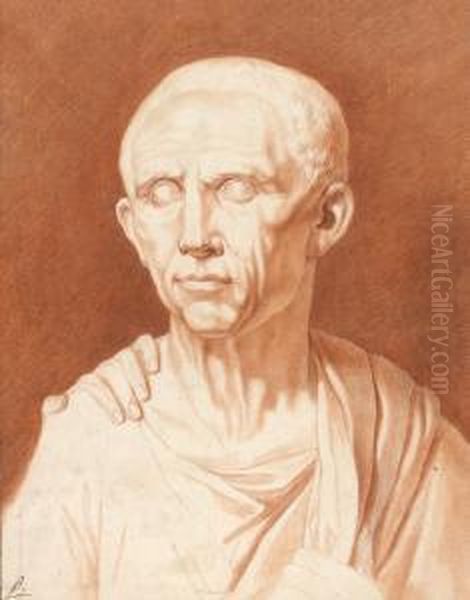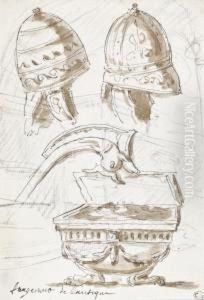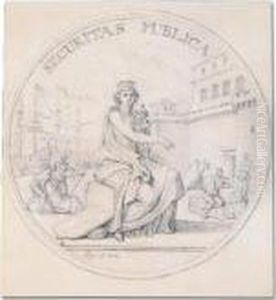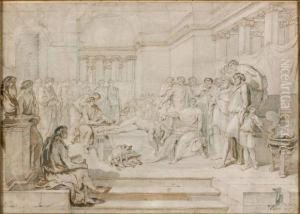





Buste De Caton Le Censeur, D'apres L'antique
-
About Reproduction
Discover the allure of art with our faithful reproduction of "Buste De Caton Le Censeur, D'apres L'antique", originally brought to life by the talented Jacques-Augustin Pajou. Unlike posters or prints, our hand-painted oil painting breathes an unique sense of depth and texture into your space. Every detail, every stroke, and every texture is meticulously recreated, paying the perfect homage to Jacques-Augustin Pajou and his artistic vision.
Owning this piece is more than just decoration - it's a statement of your refined taste in art. Let the vibrant colors and intricate details of this replica serve as a daily reminder of the beauty in our world. Elevate your decor and appreciate the richness of art with our replica of this masterpiece.
-
Painting Description
"Buste De Caton Le Censeur, D'apres L'antique" is a notable sculpture created by the French artist Jacques-Augustin Pajou. This work is a testament to Pajou's skill in capturing the essence of classical antiquity through his neoclassical style. Jacques-Augustin Pajou, born in 1730 and active until his death in 1809, was a prominent sculptor during the 18th century, known for his ability to blend classical themes with the artistic sensibilities of his time.
The sculpture represents Cato the Censor, also known as Cato the Elder, a significant figure in Roman history renowned for his moral integrity and staunch conservatism. Cato the Elder was a Roman senator and historian who lived from 234 BC to 149 BC. He was known for his advocacy of traditional Roman values and his opposition to Hellenistic influences on Roman culture. Pajou's depiction of Cato is inspired by ancient Roman busts, which were often used to commemorate and idealize important historical figures.
In "Buste De Caton Le Censeur, D'apres L'antique," Pajou meticulously captures the stern and resolute character of Cato. The sculpture is characterized by its detailed rendering of facial features, which convey a sense of determination and moral fortitude. The work reflects Pajou's deep understanding of classical sculpture techniques and his ability to infuse them with a sense of lifelike presence.
This piece is part of a broader tradition in neoclassical art that sought to revive and celebrate the artistic achievements of ancient Greece and Rome. Pajou's work is a fine example of how 18th-century artists looked to the past to find inspiration and to express contemporary values through the lens of classical antiquity. The sculpture not only serves as a homage to Cato the Censor but also as a reflection of the neoclassical movement's ideals of virtue, simplicity, and enduring beauty.
-
Lead Time & Shipping
When you order this oil painting replica, it typically takes 2-3 weeks to paint. If the artwork is more complex, it might need a little more time to ensure the best quality. Once it's ready, we'll send you a photo for your approval. After you give the green light, we'll ship it to you for free.
-
Return & Refund
We believe in the quality of our hand-painted oil painting reproductions, and your satisfaction is our priority. If for any reason, you are not completely satisfied with your purchase, we offer a 45-day return policy. You can return your artwork within 45 days of receipt and receive a full refund. Please note that the artwork must be returned in the original packaging and in the same condition as it was received.




















